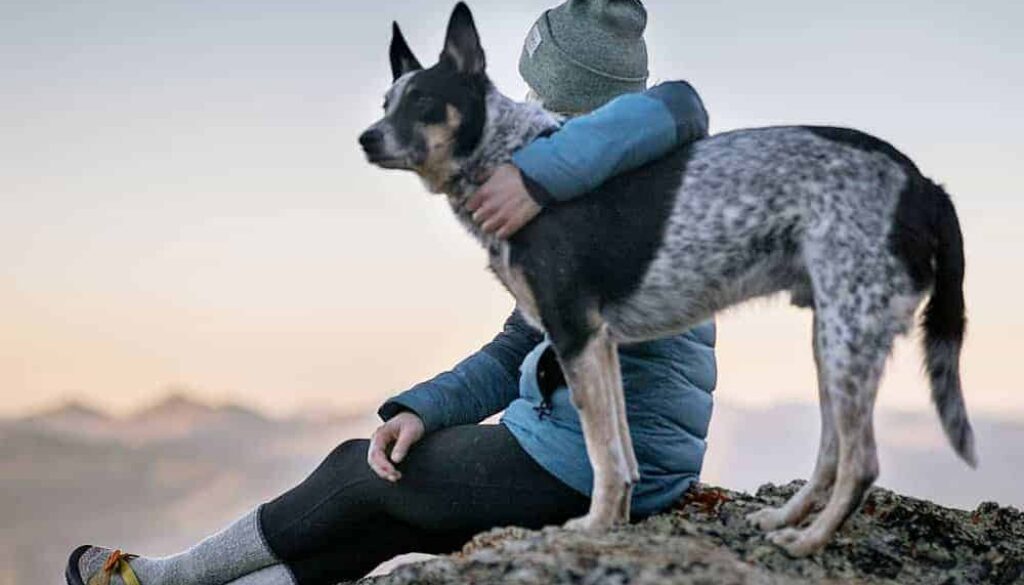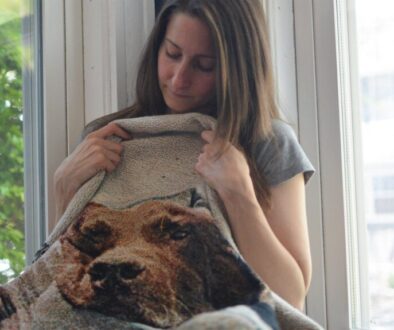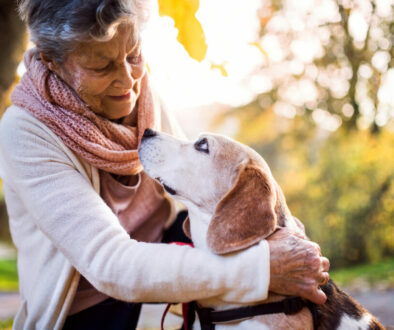The Physical and Emotional Effects of Pet Loss: Navigating the Journey of Grief
Losing a furry companion is a heart-wrenching experience that touches the depths of our souls. The bond we share with our pets transcends words and brings immeasurable joy and comfort to our lives. When they depart from this world, the pain and emptiness left behind can be overwhelming, affecting us both physically and emotionally.
In this article, we will delve into the physical and emotional effects of pet loss, providing guidance and support for those navigating this journey of grief. We will explore coping mechanisms, and self-care practices, and offer insights on how to find solace during this challenging time.
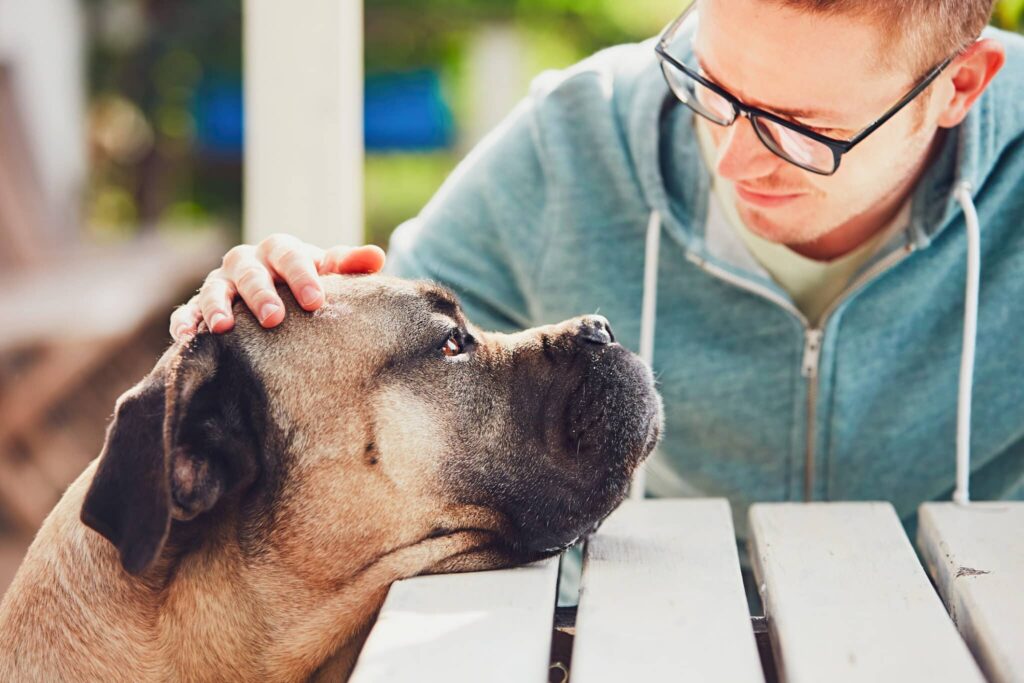
The Emotional Rollercoaster of Pet Loss
The loss of a pet can set off a complex whirlwind of emotions, often catching us off guard. Here are some common emotional effects experienced after pet loss:
1. Grief and Mourning
The immediate aftermath of pet loss is often characterized by deep grief and mourning. It is perfectly normal to feel an overwhelming sense of emptiness, sadness, and despair as you come to terms with the absence of your loyal companion.
2. Denial and Guilt
Denial, especially in the early stages of grief, can manifest as an inability to accept the reality of your pet’s absence. Alongside denial, guilt may also creep in, making you question whether you did enough for your pet or if you could have prevented their loss.
3. Anger and Resentment
Anger is a natural reaction to loss, and it is not uncommon to direct this anger towards yourself, others, or even at your pet for leaving you behind. Resentment may also surface, particularly when you witness others with their pets, causing a mix of jealousy and bitterness.
4. Depression and Loneliness
Depression and overwhelming loneliness often follow the initial shock of pet loss. The absence of your furry confidant can leave a void, making it challenging to engage in daily activities and find joy in things that once brought happiness.
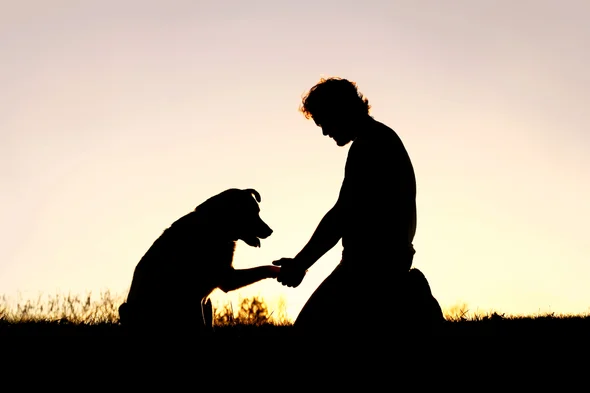
5. Acceptance and Healing
With time, the emotional turmoil begins to subside, gradually paving the way for acceptance and healing. It is important to remember that the grieving process is unique to each individual, and there is no timeline for reaching acceptance. Patience and self-compassion are crucial during this phase.
The Physical Toll of Pet Loss
The emotional toll of pet loss is often accompanied by various physical manifestations. These can include:
1. Sleep Disturbances
The emotional upheaval following a pet’s loss can lead to disruptions in sleep patterns. Insomnia, vivid dreams, or nightmares about your pet may become a nightly occurrence, exacerbating the sense of loss and grief.
2. Appetite Changes
Loss can create drastic changes in appetite. Some individuals may experience a loss of appetite, leading to unintended weight loss, whereas others may find solace in food, seeking comfort in emotional eating, and possibly leading to weight gain.
3. Fatigue and Lethargy
Grieving consumes energy and can manifest in feelings of persistent fatigue and lethargy. The emotional strain of pet loss, coupled with sleep disturbances, can leave individuals drained, physically and mentally.
4. Weakened Immune System
The stress associated with pet loss can weaken the immune system, leaving individuals more susceptible to illness and infections. It is crucial to prioritize self-care and attend to your physical health during this vulnerable time.
5. Physical Aches and Pains
Intense emotional pain may manifest as physical aches, such as headaches, stomachaches, or muscle tension. These somatic symptoms are common during grief and reflect the interconnectedness of our emotional and physical well-being.
Coping Mechanisms and Self-Care
Navigating the physical and emotional effects of pet loss requires self-care and coping mechanisms to aid in the healing process. Here are some strategies to consider:
1. Seek Support
Reach out to understanding friends, family members, or support groups who have also experienced pet loss. They can provide much-needed empathy and a safe space to express your feelings.
2. Honor Your Pet’s Memory
Creating a memorial or tribute for your pet can be therapeutic. Consider crafting a photo album, planting a commemorative tree, or writing a heartfelt letter to honor your furry friend’s memory.
3. Practice Self-Compassion
Be gentle with yourself and recognize that grieving takes time. Allow yourself the space to feel all the emotions that arise, without judgment. Engage in self-compassionate practices such as meditation, journaling, or therapy.
4. Engage in Rituals
Rituals can provide comfort and closure. Whether it’s holding a memorial service, lighting a candle, or visiting your pet’s final resting place, embracing rituals can help honor your pet’s life and aid in the mourning process.
5. Explore Supportive Therapies
Consider seeking professional help from a therapist experienced in pet loss grief counseling. Techniques such as Cognitive Behavioral Therapy (CBT) and Eye Movement Desensitization and Reprocessing (EMDR) can support the healing process.
The Concept of Pet Loss Memorialization
Pet loss memorialization is a way for pet owners to honor and cherish the memory of their beloved pets. It provides a sense of closure and allows for a lasting tribute to the special bond that was shared. Here are some common practices in pet loss memorialization:
Pet Cremation and Burial Options
Pet cremation and burial are two popular options for memorializing a pet. Pet cremation allows for the preservation of the pet’s ashes, which can be kept in an urn or scattered in a meaningful location. Some pet owners choose to bury their pets in a designated pet cemetery or on their own property, providing a permanent resting place that can be visited and adorned with flowers or other memorabilia.
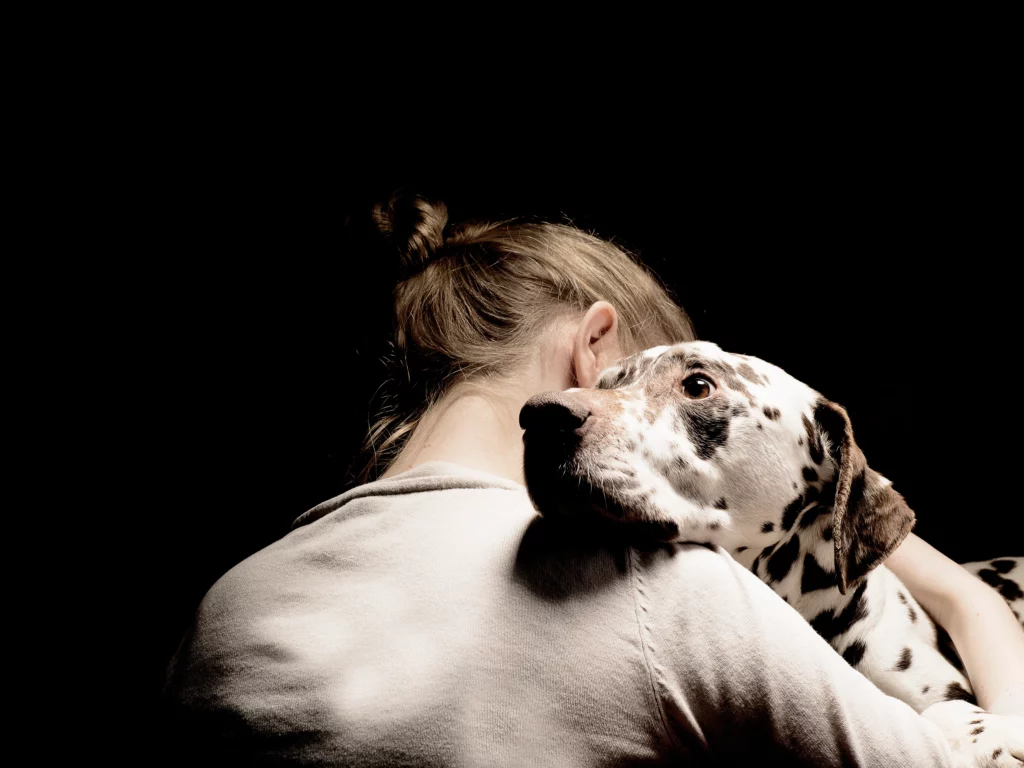
Keepsakes and Memorial Items
Keepsakes and memorial items hold sentimental value and serve as tangible reminders of the pet’s presence and the love that was shared. These can include personalized jewelry, such as lockets or bracelets containing a small portion of the pet’s fur or ashes. Other popular options include engraved pet tags, photo frames, or even custom artwork portraying the pet.
Creating a Lasting Tribute
Creating a lasting tribute is another way to memorialize a pet. This can involve dedicating a space in the home or garden specifically for the pet, incorporating items that are meaningful to them, such as their favorite toys or bedding. Some pet owners choose to plant a tree or flower in memory of their pet, symbolizing their enduring love and the growth of their pet’s legacy.
Pet loss memorialization is a personal and individualized process, and there are countless ways to pay tribute to a beloved pet. The important thing is to find a method that resonates with the pet owner and provides comfort and a sense of connection to the pet’s memory even after their physical presence is no longer there.
Pet loss is a difficult and emotional journey, but by memorializing their pets, individuals can find solace and continue to honor the impact their furry friends had on their lives.
FAQs:
Q: How long will the pain of pet loss last?
A: There is no precise timeline for grieving. The healing process is unique to each individual. Take all the time you need to heal and be patient with yourself.
Q: Should I get another pet right away to fill the void?
A: It’s essential to allow yourself time to grieve and fully heal before considering another pet. Rushing into getting a new pet may hinder the healing process and could potentially create unrealistic expectations.
Conclusion: The Physical and Emotional Effects of Pet Loss
The physical and emotional effects of pet loss can be profound, deeply impacting every aspect of our lives. By recognizing and acknowledging the range of emotions we experience during grief, we can navigate this painful journey with compassion, love, and self-care.
Remember, healing takes time, so be patient with yourself. Embrace the memories of your beloved pet, seek support, and engage in self-care practices to find solace during this challenging time. As the pain slowly subsides, a space for healing and acceptance will emerge, allowing you to cherish your pet’s memory while finding joy once again.
Also Read:
